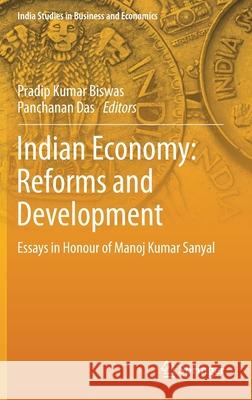Indian Economy: Reforms and Development: Essays in Honour of Manoj Kumar Sanyal » książka
topmenu
Indian Economy: Reforms and Development: Essays in Honour of Manoj Kumar Sanyal
ISBN-13: 9789811382680 / Angielski / Twarda / 2019 / 332 str.
Indian Economy: Reforms and Development: Essays in Honour of Manoj Kumar Sanyal
ISBN-13: 9789811382680 / Angielski / Twarda / 2019 / 332 str.
cena 402,53
(netto: 383,36 VAT: 5%)
Najniższa cena z 30 dni: 385,52
(netto: 383,36 VAT: 5%)
Najniższa cena z 30 dni: 385,52
Termin realizacji zamówienia:
ok. 22 dni roboczych.
ok. 22 dni roboczych.
Darmowa dostawa!
Kategorie:
Kategorie BISAC:
Wydawca:
Springer
Seria wydawnicza:
Język:
Angielski
ISBN-13:
9789811382680
Rok wydania:
2019
Dostępne języki:
Numer serii:
000459580
Ilość stron:
332
Waga:
0.66 kg
Wymiary:
23.39 x 15.6 x 2.06
Oprawa:
Twarda
Dodatkowe informacje:
Wydanie ilustrowane











